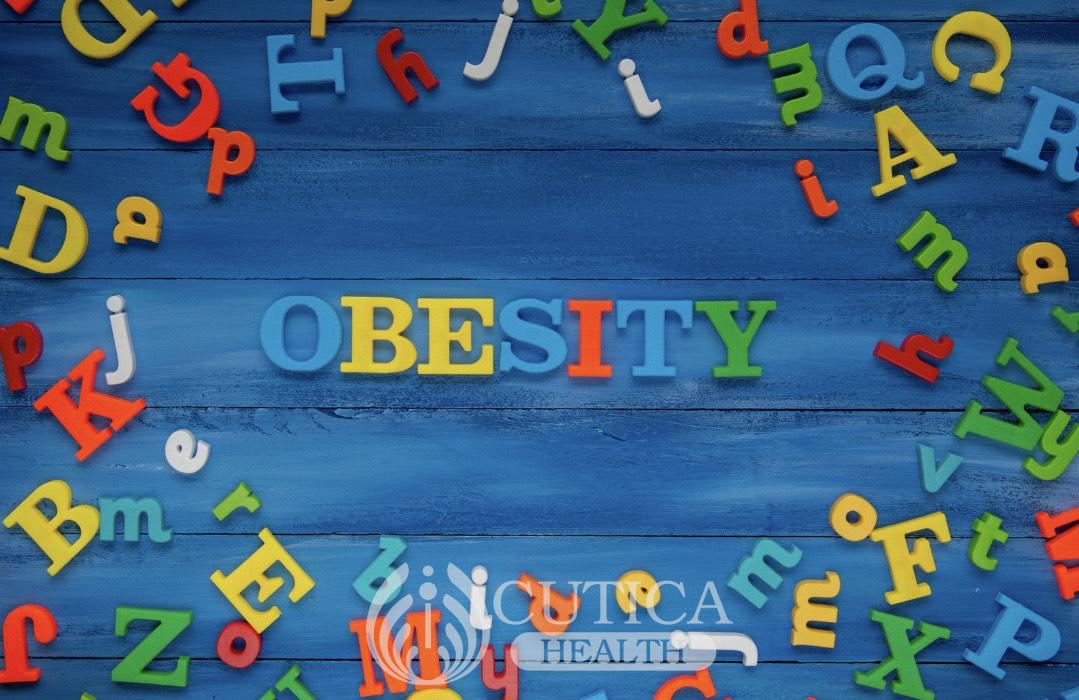
‘Your baby has got a hole in his heart,” Dr. Beckles told Jim. He was born barely a few hours ago but was found to be breathless and suddenly turning blue. Doctors had run a battery of tests on the newborn till they found that there was something unusual about his heart; there seems to be a hole between the left and right chambers of his heart, distorting blood flow from it.
“A hole in the heart’ is a popular statement when describing a certain heart condition. It simply describes a heart defect or a group of heart defects where the left and right chambers of the heart have an abnormal communication.
To understand the concept of a hole in the heart, one must have a basic understanding of how the heart looks like. Here’s a basic run-through of the structure of the heart
- The heart is a big muscle divided into four chambers: two on the right and two on the left.
- The two upper chambers are called the atria, and the ones below are called the ventricles. So, the heart has a left atrium above and a left ventricle below, together with a right atrium above and right ventricle below
- The ventricles pump blood out of the heart through blood vessels while the atria receive blood into the heart
- The atrium only communicates with the ventricle on either side via openings closed by valves. The atria do not communicate with each other, neither do the two ventricles. Both atria are separated by a wall called the septum. Similarly, the ventricles are separated by a septum.
- When there is a communication between both atria, and both ventricles, it is called a septal defect or a hole in the heart. This abnormal hole will, therefore, impair blood flow within the heart and how well the heart pumps blood.
Symptoms of Septal Defects
The symptoms of septal defects are similar to the ones Jim’s baby experienced, and include:
- Fast breathing or shortness of breath
- Easy tiring
- Poor feeding
- Poor growth and development

Your doctor may also notice other signs when they examine the baby. These include abnormal sounds in your baby’s heart.
Causes of Septal Defects
Septal defects usually occur early in the baby’s heart development, as early as the first 13 weeks of pregnancy. Although there is often no clear cause, there are a few conditions that increase the risk of a hole in the heart. These include:
- Genetic predisposition: Some septal defects run in families and may also occur in babies with genetic problems, such as Down syndrome.
- German measles infection in the first month of pregnancy: German measles is also called Rubella, and may cause a hole between the atria in some babies.
- Diabetes

- Alcohol intake
- Smoking
- Use of psychoactive drugs, such as cocaine
- Use of certain medicines, such as anti-seizure drugs
Complications of Septal Defects
The complications of septal defects depend on the size of the hole. A small hole may not really be of much concern and may not significantly impact the heart’s function, but the larger the size, the more problems it poses for the heart and the general health of the baby.
Common complications of septal defects include:
- Heart failure, when the heart can no longer pump enough blood to meet the body’s needs
- Irregular heartbeat
- Stroke, due to poor blood supply to the brain
- Early death
Treatment of Septal Defects
Treatment of septal defects depends on the size of the hole in the heart. Small-sized defects may close up on their own while larger holes may need medical intervention. Possible medical interventions include:
- Surgery: The definitive treatment for a large septal defect is surgery to repair or “close” the hole. This procedure may be an open heart surgery, where the chest is opened up to reach the heart, or catheter-based, where a mesh patch is passed through a blood vessel in the groin to reach where the hole is.
- Medications: While medications cannot close the hole in the heart, it may be needed to take care of the other symptoms of the condition, such as the irregular heartbeat.
Summary

A hole in the heart is one of the most common forms of congenital heart disease in children. While it has no clear cause, there are a number of risk factors, such as genetic problems, a family history, and rubella during pregnancy. Speak to your doctor if you notice unusual breathing patterns in your newborn.












